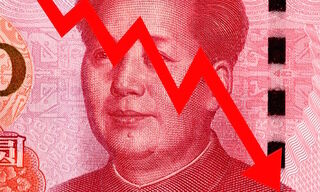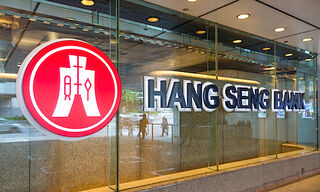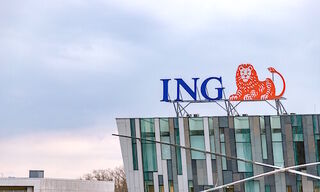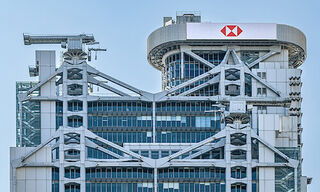Global real estate and services company CBRE’s special report, The Future of Luxury Retail in Asia Pacific: New Demand Drivers and Shifting Occupier Requirements, reveals that whilst the region is experiencing a slowdown in the luxury retail sector, new emerging trends are set to provide the retail sector with a solid new stimulus for demand in the coming years.
Most major luxury retailers are now well established in Asia Pacific with China and Hong Kong being two of the most penetrated markets at 87% and 81%, respectively. However, following several years of rapid expansion, these markets are approaching saturation point.
“Accounting for one-third of personal luxury goods sales globally in 2014, Asia Pacific is a key region for international luxury brands with key markets including China, Hong Kong, Japan, Singapore, South Korea and Taiwan. However, the high growth period for luxury retailers in the region is gradually coming to an end,” commented Dr Henry Chin, Head of Research, CBRE Asia Pacific.
”Over-saturation, surging operational costs and weaker retail sales—especially in Hong Kong due to the slowing mainland China economy—have prompted retailers to consolidate their existing store networks and slow their rate of entry into new markets focusing on operational efficiency,” said Dr Chin.
Emerging Trends Support Demand
CBRE has identified three emerging trends which will partially offset some of the negative effects arising from the slowdown and compensate for the loss of demand.
“With the momentum behind these trends, this will account for a bigger slice of leasing demand for prime retail space,” says Joel Stephen, Senior Director, Head of Retailer Representation, CBRE Asia. “Retailers and landlords can benefit from the projected growth in these market segments,” he adds.
- Emergence of Affordable Luxury:Often referred to as bridge brands, affordable luxury retailers—for example Michael Kors—provide high quality branded goods at a lower price tag than top-tier luxury retailers. Several top-tier luxury brands are already so well established in the region that they are at risk of overexposure, a trend which is prompting many consumers to look for differentiation.
- Inclusion of F&B:Recent years have seen luxury brands begin to expand beyond their core fashion businesses into the F&B sector—examples include 1921Gucci in Shanghai iAPM and Cafe Dior by Pierre Hermé on the top floor of Christian Dior’s flagship store in Seoul—transitioning their brand from being totally fashion-oriented to more lifestyle-driven. Including an F&B component in stores enables luxury retailers to provide their consumers with a more complete experience in which they can shop, relax and socialize.
- Growth of Luxury Childrenswear:As of 2014, Asia Pacific was home to 807 million people aged below 14, representing more than 20% of the total population, offering an enormous opportunity for growth in this segment. The emergence of luxury childrenswear brands has been welcomed by landlords as many of them are looking to expand their offering into toys, bookstores and playrooms in order to attract and retain foot traffic amid competition from online retail.
The emerging retail trends—combined with changing tourism patterns and the ongoing slowdown of the region’s luxury retail sector—are already impacting luxury retailers’ real estate requirements, resulting in new, and in some cases, weaker demand for different types of retail property.
“The change in shopping behavior among mainland Chinese tourists—who are demonstrating a stronger preference for shopping in Europe and Japan—has prompted luxury brands to review their expansion and rationalize their real estate portfolios, strategies and requirements. Since most luxury retailers remain cautious towards expansion, especially in China, retailers are now focusing on consolidating their footprint into a solid network of stores in high quality locations, as opposed to expanding rapidly and opening many smaller stores, in order to extract the highest value from their sales network,” says Dr Chin.
Some of the key trends that CBRE have identified include (1) weaker interest in department stores despite continued interest in prime locations; (2) stronger focus on flagship stores, displaying more product lines, thus making a stronger statement in the market; (3) increased popularity in short-term opportunities for brands to set up exhibitions, pop-up and concept stores, and workshops, to generate greater consumer awareness; (4) affordable luxury brands continuing to drive demand, encouraging more shopping center landlords to offer them anchor tenant space; and (5) more interest in upper floor retail space, but limited to top-tier malls and driven by F&B and childrenswear segments.
Mr Stephen says, “driven by the emergence of affluent consumers and the rise of the number of millionaires in the region, Asia Pacific will remain a hugely important market for international luxury brands with new names entering the region. Even though leasing demand will slow to a more sustainable level, prime space in core areas will continue to be keenly sought after.”




















